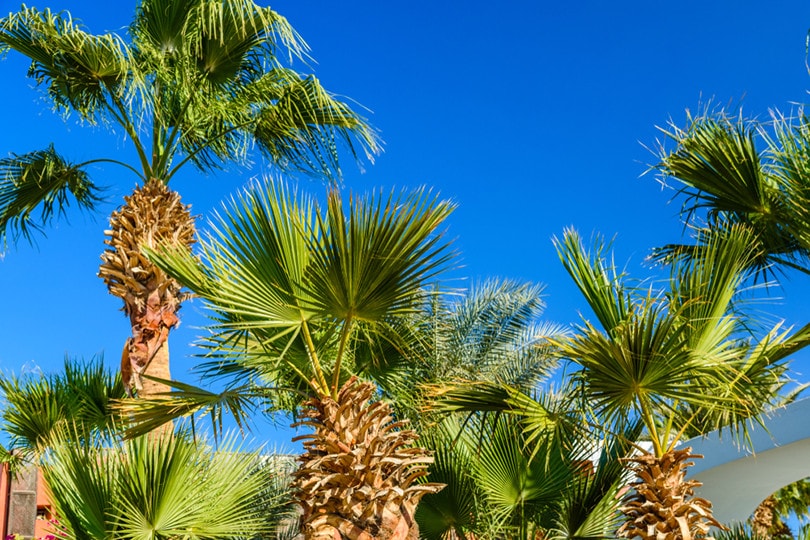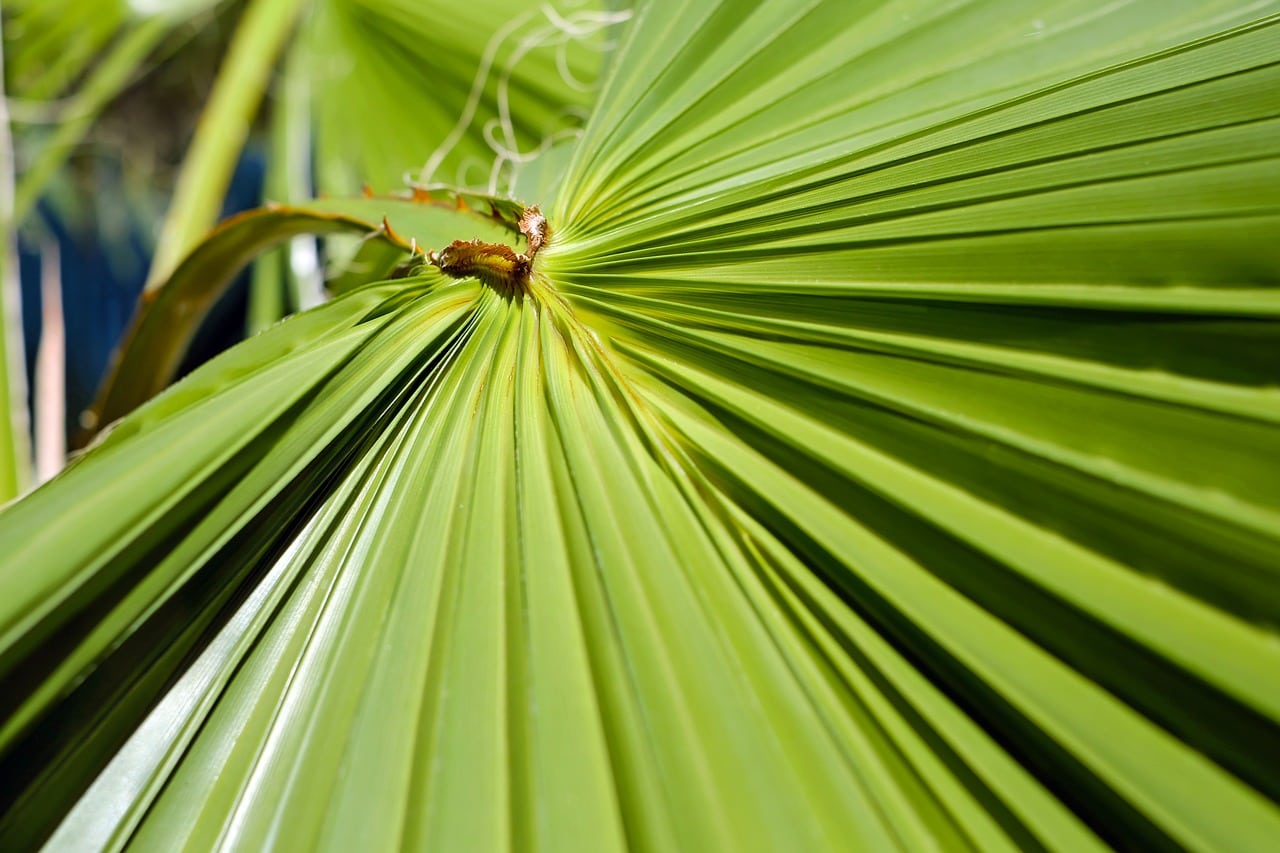What Is the State Tree of Florida? Facts & FAQ
-
Rachel Giordano
- Last updated:

When you think of Florida, it’s easy to think of palm trees, beaches, sunshine, and sunsets glowing above the emerald-green ocean. Speaking of palm trees, the state tree of Florida happens to be the sabal palm, which is perfectly fitting for the state. With that said, how was this tree decided upon over other trees?
In this article, we’ll explain how and when the sabal palm became the state tree of Florida and explore the palm’s characteristics.
The Sabal Palm’s History

Native Americans used the sabal palm to build houses known as “chikee” using the palm’s leaves (fronds) and trunks. The fronds were perfect for making thatched roofs, and the trunks were sturdy enough to be used for pilings. The fronds could also be used for making brooms, hats, and baskets.
The sabal palm is also the state tree of South Carolina. Speaking of which, the palm was used to construct the walls of a South Carolina fort in 1776 to ward off British cannonballs. The trunks of the palm proved to be sufficient enough to withstand the blasts from cannons during that time period.
When Did the Sabal Palm Become Florida’s State Tree?
The Florida legislature designated the sabal palm the Florida state tree on June 11, 1953. It took several sessions over several years to designate the palm as the state tree because opponents wanted the slash pine or the royal palm instead, but in the end, the sabal palm beat out its opponents. The sabal palm, sometimes called the cabbage palm, replaced the cocoa palm on the state seal in 1970, which was mandated by the Florida legislature.
Is a Sabal Palm a Tree?
The sabal palm is not typically considered a tree, and botanists consider the palm as an herb or grass. The sabal palm grows tall like a tree, but there are differences. For example, the sabal palm is considered a perennial but does not grow branches along the trunk like trees, differentiating the two. Another difference is that trees form crowns at the top from branches, whereas the sabal palm’s crown is made up of its leaves.
How Can You Tell How Old a Sabal Palm Is?
The sabal palm’s height is a key indicator of how old the tree is. This palm only grows about 6 inches per year, and if the palm is under 5 feet tall, it is probably no more than 10 years old. If the height is 15–25 feet, you can probably guess it is roughly 20–30 years old.
You can also study the thickness of the trunk to get an indication of its age. A fully matured sabal palm will have a trunk that is 12–24 inches thick, and it takes approximately 10 years to reach that thickness. An interesting note is that they can possibly reach 200–300 years old.

What Are Some Facts About the Sabal Palm?
The sabal palm is a fan palm that can grow to an enormous height of 65 feet in the wild but averages roughly 40–45 feet in landscaped yards. It is also extremely salt-tolerant, making Florida a perfect home for these trees. Florida is known for its sandy soil, and the sabal palm thrives in this type of soil.
They are easy to maintain, but they do require regular trimming. If it’s not regularly trimmed, you’ll end up with dead fronds that harbor pests, such as roaches and rats.
These trees are native to the Southeastern United States, Bahamas, and Cuba, and you can often find them along the Atlantic Coast. They are frost-tolerant and can withstand hurricane-force winds.
The bud of the tree, or new growth, is edible. This new growth is referred to as the “heart of palm” and tastes similar to cabbage that can be used in salads. Removing this bud, however, can kill the tree because it is the only outlet from which it can grow.
Summary
The sabal palm is a terrific indicator that you have reached the state of Florida. It is often photographed in postcards, and its beauty is something to admire. Being a Floridian means you can plant these palms in your own yard to add a tropical feel to your landscaping. They are easy to maintain and thrive in the sandy soils of Florida. They also provide excellent shelters for many birds and other animals, such as cardinals, mockingbirds, hummingbirds, doves, hawks, tree frogs, and squirrels.
See also:
Featured Image Credit: Indrek Podra, Shutterstock
Contents
